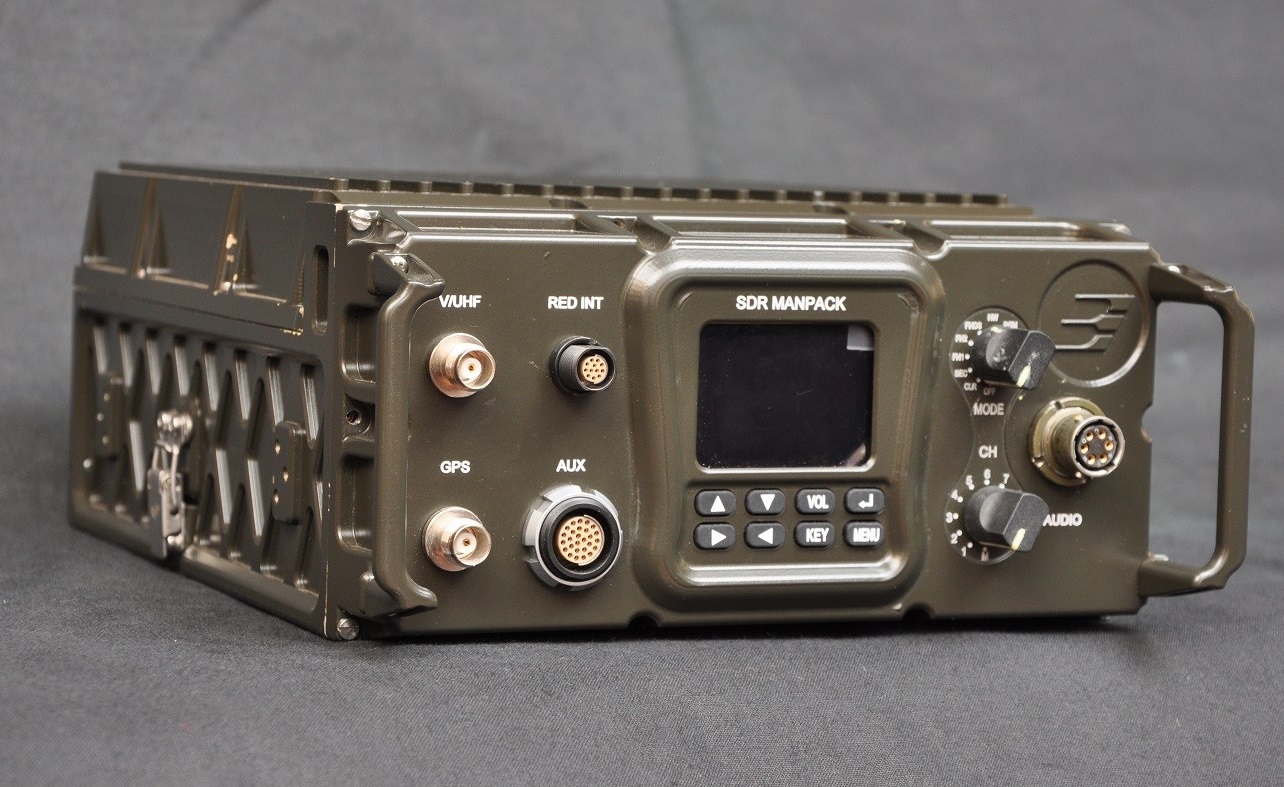
Introduction
A radio is any device that wirelessly sends or receives signals in the radio frequency (RF) sector of the electromagnetic spectrum to allow information transfer. In today’s world, radios may be found in a wide range of products, including cell phones, laptops, auto door openers, cars, and televisions.
Traditional hardware-based radio devices have limited cross-functionality and can only be upgraded physically. As a result, production costs rise and there is no flexibility in supporting numerous waveform standards. Software defined radio technology, on the other hand, provides an efficient and relatively affordable solution to this challenge by enabling multimode, multi-band, and/or multi-functional wireless devices that may be upgraded by software upgrades.
By definition, Radio in which some or all of the physical layer functions are software defined radio.
Software defined radio gain popularity due to its features for manufacturer, service provider and end-users.
Some of the benefits are listed below:
For Manufacturer and System Integrator
- A family of radio “products” that will be developed utilising a common platform design, allowing new goods to be launched into the market more quickly.
- Software will be utilised across radio “products,” significantly lowering development expenses.
- Over-the-air or other remote reprogramming, which allows “bug fixes” to take place while a radio is in use, saving the time and expenses involved with operation and maintenance.
For Service Provider
- New features and capabilities can be added to existing infrastructure without incurring significant new capital costs, allowing service providers to “future-proof” their networks.
- The use of a standard radio platform for numerous markets, resulting in considerable savings in logistical support and operating costs.
- Remote software downloads allow for expanded capacity, capability updates, and the addition of new revenue-generating features.
For End-Users
- Reduce expenses associated with giving end-users with access to ubiquitous wireless communications, allowing them to connect with whoever, whenever, and in whatever manner is acceptable.
SDR Market Prospect
According to market research, the global software-defined radio market will grow at a 7.8% CAGR, which is estimated to reach a size of USD 5.7 billion in 2021.
To provide new SDRs, government representatives engage in strategic alliances and investments with businesses. For instance, the US Army awarded a contract to Collins Aerospace, a Raytheon Technologies Corporation company, in February 2019 for the purchase of the ARC-231A radio system, for around USD 406 million. These kinds of contracts and agreements will promote the usage of new SDR products in the communication systems sector. A growing number of software-defined radios (SDRs) are being used in communications, and SDRs have undergone various technical developments. The need for more adaptable and software-programmable communication equipment has led to a major growth in the global software-defined radio (SDR) market.
According to the software defined radio market analysis, expansion will be fueled by growing demand for software-defined radios in critical communication systems utilised for significant missions in the space and aerospace sectors. SDR is frequently used in space communication because it enhances satellite performance and enables precise operation across numerous frequency bands.
Software defined radio Market trends suggest that military communication, homeland security, and emergency management are the main uses indicating rising demand for different types of software-defined radios. According to new research from the Stockholm International Peace Research Institute, global military spending will rise 2.6% from 2019 to USD 1981 billion in 2020. To maintain good law and order, law enforcement organisations work with additional soldiers, which is fostering an increase in demand for software-defined radios in military applications on a worldwide scale. The mobility requirements of troops stationed in difficult terrain were not met by earlier radios since they were cumbersome and huge (both in weight and size).
The potential of a security breach is high when installing or loading new software in an SDR device via an over-the-air update. On the chosen platform, there is a high likelihood of installing unauthorised and potentially hazardous software. Due to the threats to the communication capabilities of the devices as well as the possibility of jeopardising the security of users’ assets, concerns about unlicensed codes restrict market development.
Conclusion
Research and development has made it possible to use lightweight and all terrain friendly SDR which has helped in raising its demand for military and other purposes. Its ability to provide communication over several bandwidth has helped in gaining popularity in space missions. With development in communication system and increasing requirement, demand for software defined radio will increase.
Auto Amazon Links: No products found.

